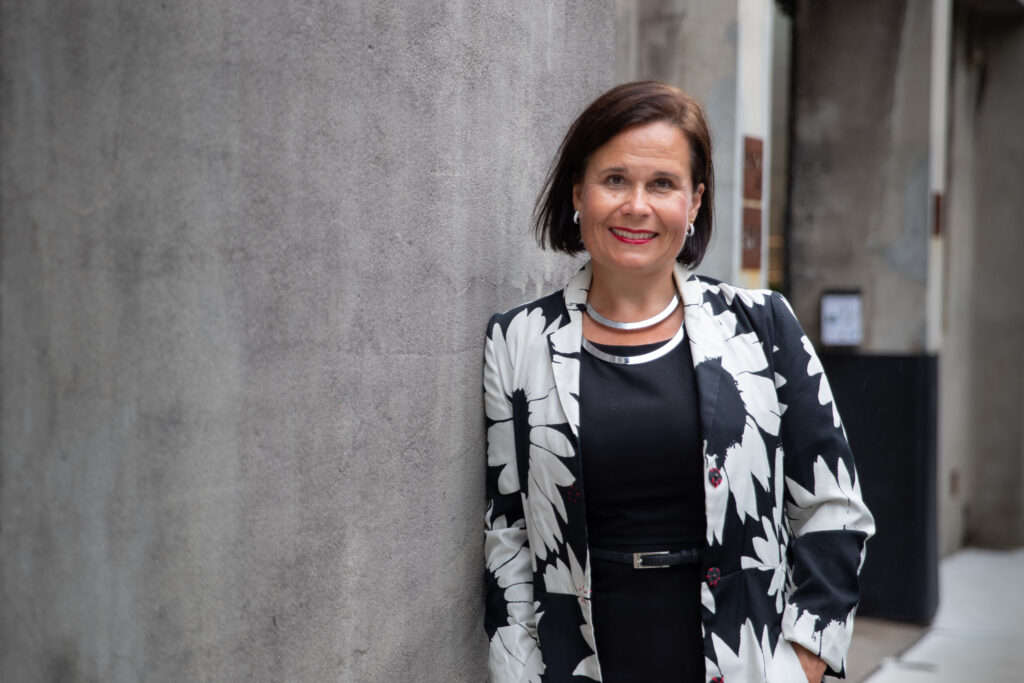Last week, the Workplace Gender Equality Agency (WGEA)’s Australia’s Gender Equality Scorecard 2023-24 revealed the nation’s total remuneration gender pay gap has dropped by 0.6 percentage points, largely thanks to wage increases for lower paid industries.
But at the top end of town, the gender pay gap is unfathomable.
This year, WGEA’s scorecard, for the first time, analysed the total remuneration gender pay gap of executives, like CEOs and heads of business (HOBs).
There is a chasm between the pay of male CEOs and their female counterparts: 27.1 per cent, the highest total remuneration gender pay gap in Australia. This means that, on average, women executives are paid $158,632 less than their male counterparts.
To bridge this gap, organisations must consider a range of options to improve the talent pipeline for women leaders and boost diversity. A recent survey by Women’s Agenda, in partnership with Cultivate Sponsorship, found the biggest hurdle for women wanting career progression was a lack of clear options (43 per cent), followed by feeling a lack of visibility for themselves (31 per cent).
The survey also found a lack of visibility and availability of sponsorship and mentorship at work, which can help women build towards career progression and leadership roles. And while 62 per cent of survey respondents have never been sponsored before, many agree this would be the key to unlocking women’s potential. In fact, 63 per cent of survey respondents said they would sponsor someone if given the opportunity.
Katriina Tähkä, the managing director of Cultivate Sponsorship, said sponsorship offers women the “equal opportunity for advancement that they have been previously excluded from”.

“There is a historical trend, particularly in male dominated industries, of informal male networks (‘boy’s clubs’) or senior men unofficially taking younger men under their wing as their mentor which then leaves women falling behind,” Tähkä said.
“Sponsorship can empower women to be greater self-advocates and engage in behaviours that men typically do and benefit from, like pay negotiations… men are much more likely to negotiate for pay rises (50 per cent) than women (35 per cent), according to statistics from WGEA.”
‘Urgency, alarm’
Mary Delahunty is the CEO of the Association of Superannuation Funds Australia (ASFA), and one of the very few women CEOs in the country: according to WGEA, just 21.9 per cent of CEOs/HOBs are women. Delahunty is deeply concerned about the gender pay gap amongst Australian CEOs/HOBs.
“I think it is quite alarming, and something for the nation to deeply reflect on and think about – not just from a fairness angle, but also from an economic participation angle,” Delahunty said.
“We often frame women’s equity issues from a fairness lens, which is right, but there’s a sharper element to this as well. There’s a productivity and workplace participation element, which actually drags the entire economy when we’re not paying people fairly.
“This should be looked at with a strong degree of urgency and alarm, that we haven’t managed to move this.”

The key drivers to the gender pay gap, Delahunty said, is ongoing discriminatory practices, stemming from patriarchal dominance, that is locking women out of career progression. This results in an experience gap, which naturally leads to a pay gap.
“That’s not easy to break,” Delahunty said, “but with intention and a clear set of data, if people have the intention to make it better, then we’re in a good position to do so.
“We’re a nation that’s fairly privileged, and so we can be making decisions about women’s economic participation and productivity and fairness, and be intentional about those decisions, and we can fix gaps like this if we turn our minds to it.”
Katriina Tähkä from Cultivate finds this as well – that gender discrimination and biases contribute to the gender pay gap.
“Women’s economic contribution is systemically undervalued, and women themselves can undermine their contributions in relation to their male peers, especially in team contexts,” Tähkä said.
This is especially true for mothers and those with caring responsibilities at home, Tähkä said.
“The lack of flexible work conditions and the primary-secondary carer labels of paid parental leave, rather than universal paid parental leave (offered equally to men and women) means that women, who are predominantly the ones to take on caring responsibilities, are less likely to be in senior positions, as the peak time for career advancement and networking coincides with when they have to leave the workforce to take on caring responsibilities,” Tähkä said.
“There is a stigma around flexible work, parental leave and career progression that can perpetuate gender pay disparities, with those taking up flexible work arrangements risking being viewed as less dedicated to work or being discriminated against.
“There are some existing perceptions that those who take time out of the workforce have depreciated skills or have missed opportunities to improve, which then results in those returning into a lower paid role.”
The benefits of sponsorship
Mary Delahunty from ASFA said it’s up to employers to change policies and practices to boost diversity in leadership. The data from WGEA is helpful to have, to pinpoint what exactly would work for employers to do so.
And sponsorship is one of several solutions employers should consider in its efforts to close the gender pay gap.
“With issues like this, a complex problem, you pull all the levers at once, so mentorship and sponsorship is an important component of that, to the extent that it can bring female leaders through a pipeline that might not ordinarily be open to them,” Delahunty said.
Katriina Tähkä from Cultivate said sponsorship can offer a range of benefits for employers and for women employees.
“Women will be less likely to leave their role to seek out opportunities for growth elsewhere as they can actually see a future of growth with their employer because of the career support and advancement provided through sponsorship,” Tähkä said.
“Psychosocial support and the relationship built between the sponsor and sponsee can increase a sponsee’s job satisfaction which enhances their retention. Retention of women and equal workforce participation is needed to bridge the gap.
“Sponsorship can boost high-performing individuals that otherwise may have been left behind or gone unrecognised.”

